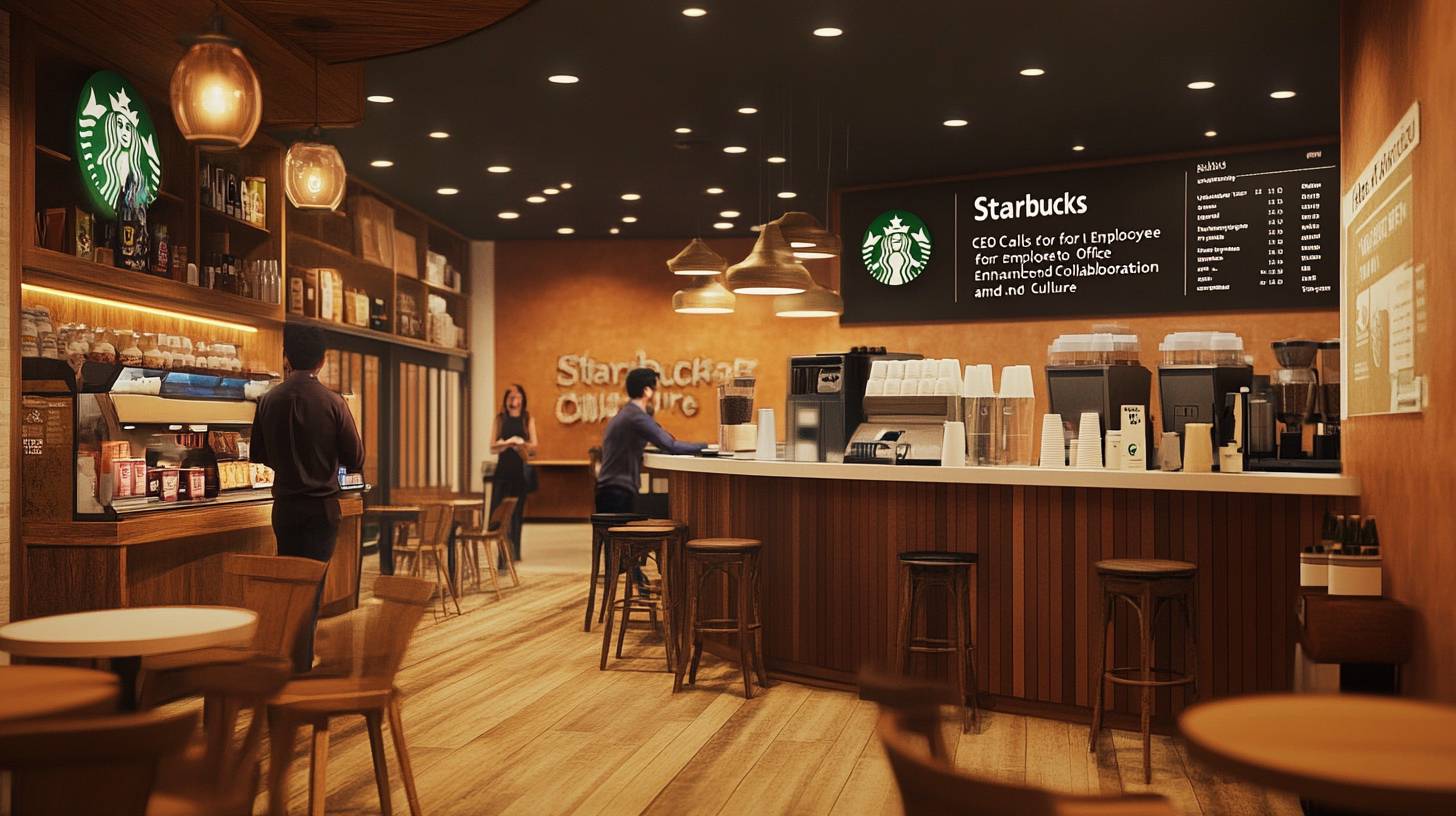
Starbucks CEO promotes in-office teamwork
Starbucks CEO Brian Niccol has expressed his views on remote working, championing in-person teamwork as essential for success. In his inaugural address as CEO, Niccol highlighted the significance of being physically present, mentioning, “My point of view is we should be together as much as possible. You need to figure out where you need to be to get your job done, then do that. We’re all adults here.”
Since January 2023, Starbucks has adopted a hybrid work model, mandating corporate staff to work in the office three days each week. However, Niccol has advocated for increased face-to-face engagement, emphasising that the company’s achievements rely on employees collaborating “more often than not.”
“This is not a game of tracking. This is a game of winning,” Niccol stated, emphasising that the goal should be about achieving outcomes rather than just tracking attendance. He continued, “I care about seeing everybody here succeed, and if success requires us being together more often than not, let’s be together more often.”
Niccol’s remarks arrive as many businesses, including those in Australia, are rolling back remote working policies. The trend towards in-person collaboration is gaining momentum worldwide, as companies aim to enhance team cohesion and boost productivity in a post-pandemic environment.
debate over CEO’s remote work setup
Nevertheless, Niccol’s own work setup has drawn scrutiny, particularly in light of his firm support for in-person teamwork. According to reports filed with the U.S. Securities and Exchange Commission, Niccol is not obligated to move to Starbucks’ Seattle headquarters. Instead, he will travel from his home in Newport Beach, California, utilizing a private jet to perform his responsibilities. This situation has led to criticism, especially as many employees are being encouraged to increase their in-office presence.
To compound the situation, Starbucks has revealed plans to create a “small remote office” for Niccol in California, which will be funded by the company. This office will also include the possibility for Niccol to employ an assistant, raising further questions about the coherence of his position on remote work.
In light of the criticism, a Starbucks representative clarified that Niccol will comply with the company’s hybrid work framework, stating that he will operate from the Seattle office for at least three days a week. “While Brian will have an office in Southern California, his primary office and most of his time will be based in our Seattle Support Center,” the representative stated. “He will also have a residence in Seattle.”
This scenario underscores the challenges of leadership within a hybrid working model for Australian companies. While numerous organisations are advocating for a return to office work, the flexibility afforded to senior executives can sometimes create a perception of inconsistency. This is especially pertinent as Australia, much like the rest of the world, navigates the future of work in a post-pandemic setting.
A recent KPMG survey of 1,300 global CEOs revealed that 64% expect a complete return to the office by 2025. This movement is already being observed in Australia, where businesses are progressively reducing remote work options. Nevertheless, the controversy surrounding Niccol’s own work environment serves as a reminder that the transition to in-person work is fraught with challenges, particularly in maintaining uniformity throughout all tiers of an organisation.

